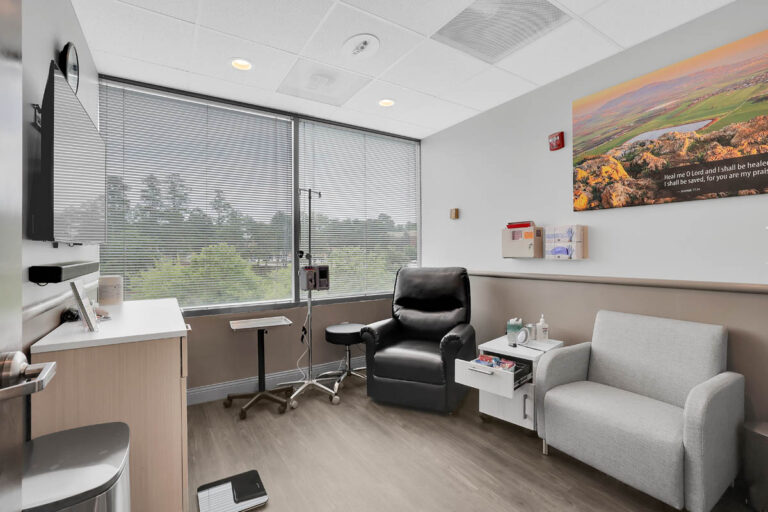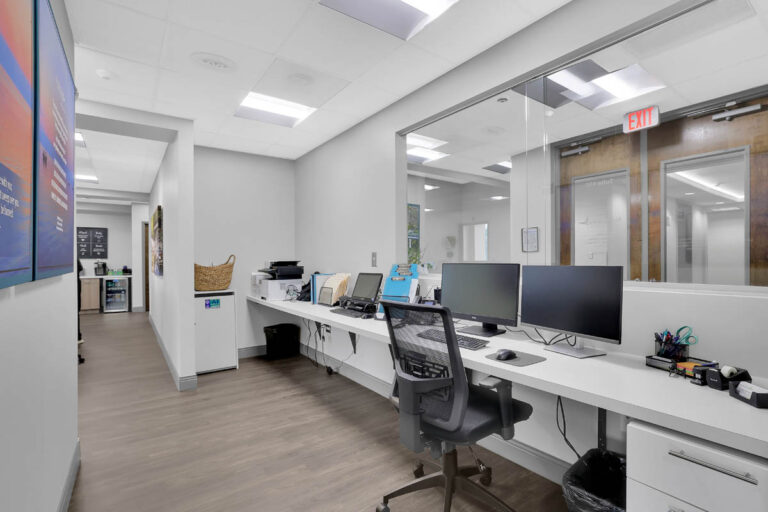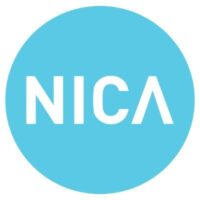
Osteoporosis, “brittle bone disease”, is a bone condition that develops when bone mineral density and bone mass decrease or when the structure and strength of bones change, which can lead to a decrease in bone strength that can increase the risk of fractures and broken bones.
Osteoporosis is a “silent” disease because there are no symptoms, so you may not even know you have the disease until you break a bone. Osteoporosis is the primary cause of fractures in postmenopausal women and older men. Fractures can occur in any bone but happen most often in bones of the hip, vertebrae in the spine, and wrist.
You may think that osteoporosis is limited to postmenopausal women. However, about 54 million Americans have osteoporosis and low bone mass, increasing their risk for osteoporosis. Studies suggest that approximately one in two women and up to one in four men age 50 and older will break a bone due to osteoporosis.
For many women, the disease develops a year or two before menopause. But osteoporosis affects women and men of all races and ethnic groups. It can occur at any age, although the risk of developing the disease increases as you get older. Other factors to consider include:
- Osteoporosis is most common in non-Hispanic white women and Asian women.
- African American and Hispanic women have a lower risk of developing osteoporosis but are still at significant risk.
- Among men, osteoporosis is more common in non-Hispanic whites.
- Some children and teens develop a rare form of idiopathic juvenile osteoporosis. Doctors do not know the cause; however, most children recover without treatment.
- Certain autoimmune disorders, blood disorders, medications, and even depression and eating disorders may increase the risk of developing osteoporosis.
This isn’t a comprehensive list. To learn more, visit the Bone Health and Osteoporosis Foundation website.
May is Osteoporosis Awareness Month and the perfect time to learn how infusion therapies can be an invaluable resource for those with osteoporosis.
Infusion Therapy for Osteoporosis
Osteoporosis is treated with bisphosphonates, medications specifically designed to inhibit bone loss and build bone mass. The FDA has approved two infusion bisphosphonates to treat osteoporosis: BONIVA (ibandronate) and Reclast (zoledronic acid).
Both infusion treatments are excellent for those who fail to receive relief from oral medications or patients who have difficulty swallowing pills. In addition, infusion therapy won’t cause an upset stomach, a common side effect of oral osteoporosis medications. Another benefit of infusion therapy is that treatment could be scheduled quarterly (with Boniva) or yearly (with Reclast) instead of having to remember to take weekly pills.
Whether you visit a TwelveStone Infusion Center or have your infusion therapy administered at home, our experienced professionals will administer treatments with compassion and professionalism.
TwelveStone Infusion Centers
Whether you visit a TwelveStone Infusion Center monthly, biannually, or yearly for your bisphosphonate infusion, we offer a calm and peaceful environment that’s a welcome change from a busy, loud, and impersonal hospital setting: cozy reclining chairs, private rooms, and even Wi-Fi for multi-taskers who must go online during treatments.
May is the month for raising awareness of osteoporosis. And as a service to those with the disease, TwelveStone is here to make your chronic condition management easier.
Mark 3:10 …for He had healed many, with the result that all those who had afflictions pressed around Him in order to touch Him.















